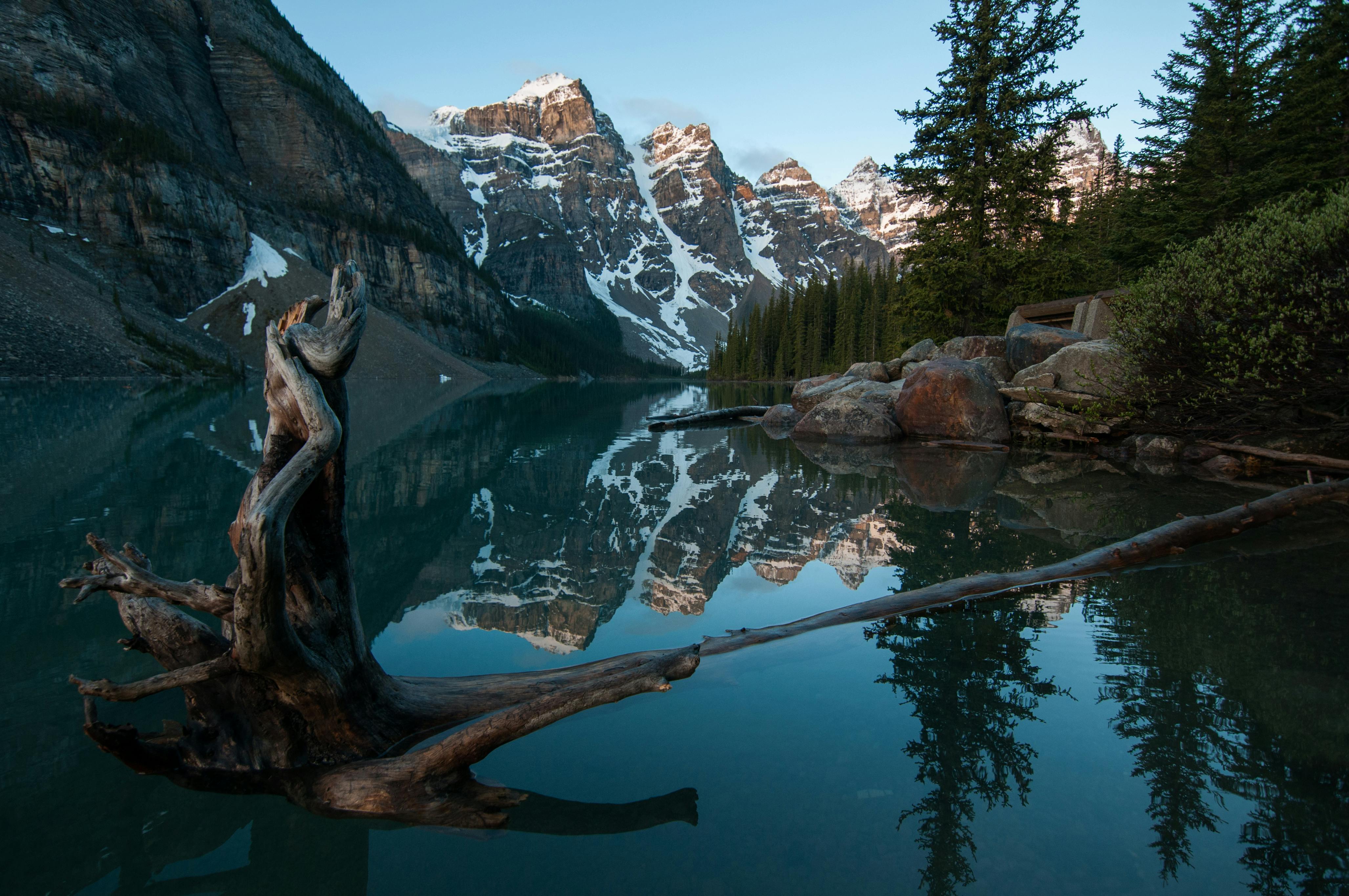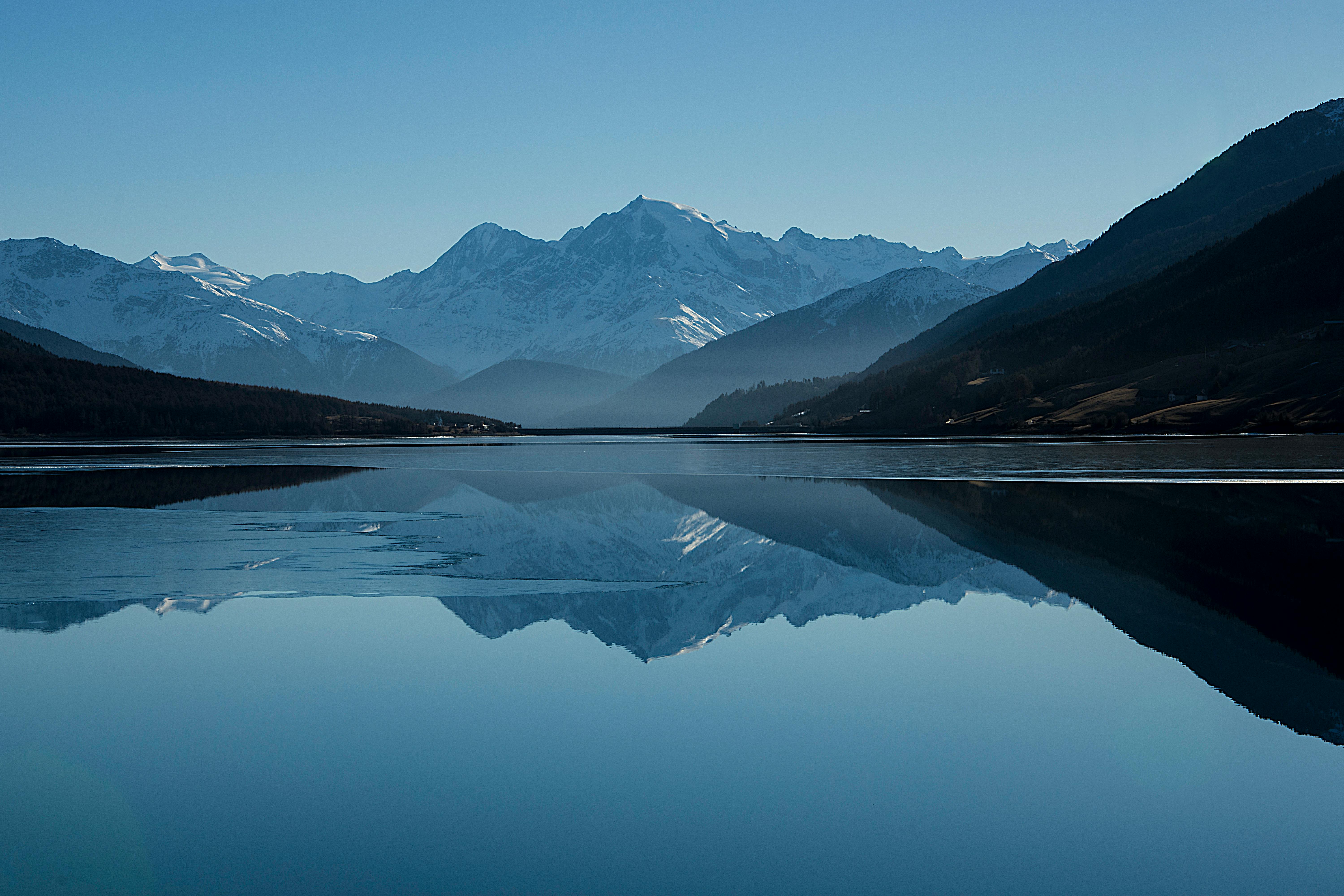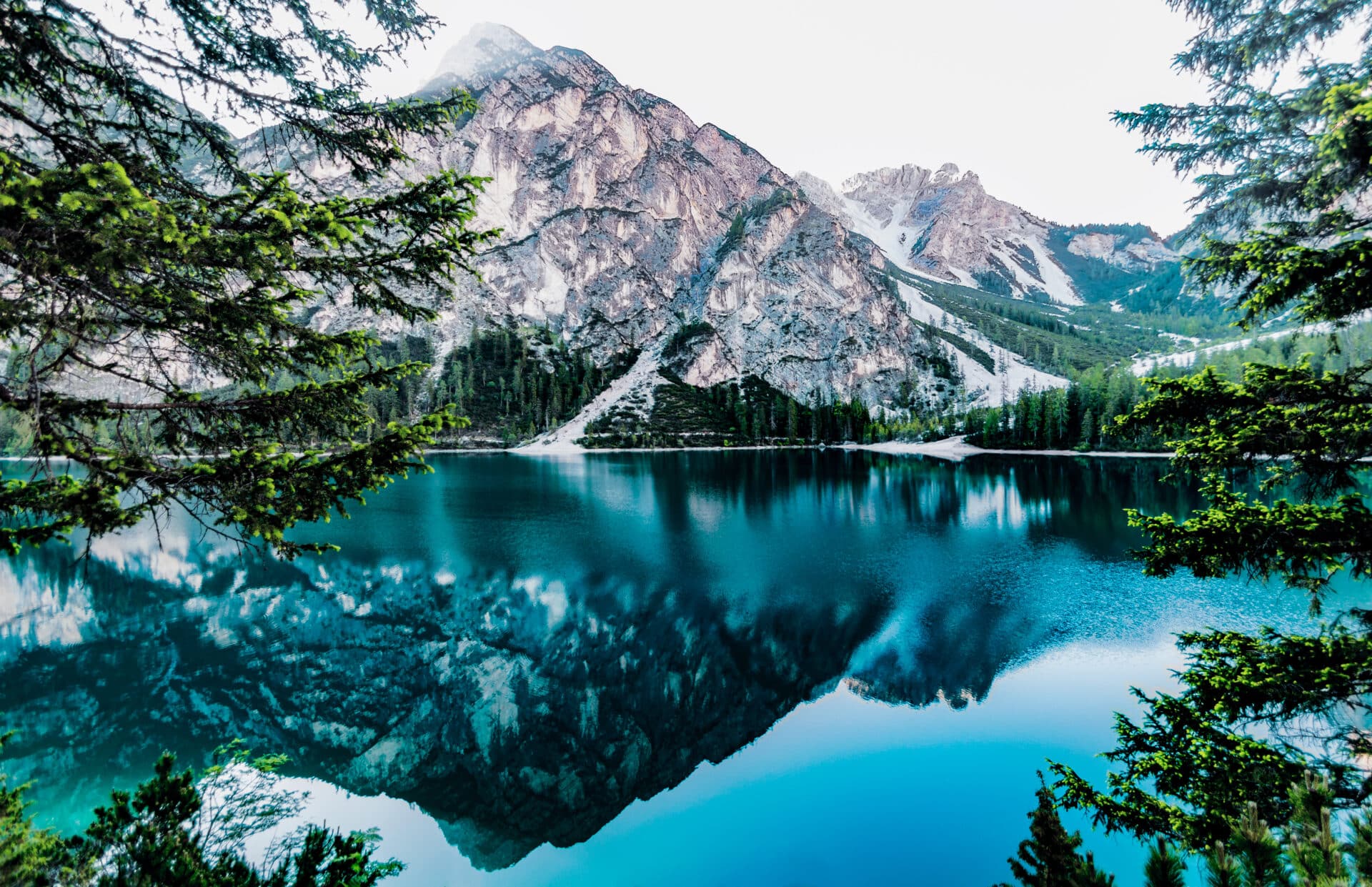Snow is a form of precipitation, formed when water vapor in the atmosphere freezes and turns into ice crystals. Many people wonder if snow is distilled water. The answer is no; snow is not distilled water. Distilled water is created by boiling water and then condensing the steam back into liquid form, leaving behind any impurities or minerals. Snow, on the other hand, is simply frozen condensed moisture in the atmosphere that falls to the ground.No, snow is not distilled water. Distilled water is created by boiling water and collecting the steam in a separate container, while snow is made up of frozen water vapor in the atmosphere.
Distilled Water
Distilled water is water that has been boiled into vapor and then condensed back into liquid form. This process removes impurities from the water, such as bacteria, minerals, salts, and other contaminants. It is commonly used in medical settings to create sterile solutions, as well as for drinking and cooking purposes. Distilled water can also be found in some commercial products such as canned drinks and bottled juices. It is important to note that distilled water does not contain any of the essential minerals needed for good health and should not be used as a replacement for tap or filtered water.
The distillation process involves boiling the water so that it turns into steam or vapor, which rises into the air and cools down when it comes in contact with cooler surfaces. The cooled vapor condenses back into its liquid form, leaving behind any impurities or dissolved solids. This process removes nearly all of the impurities from the original source of the water, leaving only pure H2O behind. Distilled water is therefore much cleaner than many other sources of drinking water, making it an ideal choice for those looking to avoid consuming harmful contaminants.
Properties of Snow
Snow is a form of precipitation that occurs when temperatures are low enough for water vapor to condense into ice crystals in the atmosphere and then fall to the ground. Snow is made up of tiny ice crystals that form together and create snowflakes. Snow can range from very light and fluffy flakes to wet and heavy slush. Snow typically has a lower temperature than the surrounding air, making it one of the coldest forms of precipitation. It also has a lower density than most other forms of precipitation, which makes it easier to blow around in the wind. In addition, snow is highly reflective, meaning it can reflect sunlight back into space, making it an important part of regulating global temperatures.
Properties of Distilled Water
Distilled water is water that has been purified through a process called distillation. During this process, impurities are removed by boiling the water and collecting the steam, which contains only pure water molecules. This method removes all minerals, salts, and other contaminants from the liquid. Distilled water has several properties that make it useful for various applications. It has a neutral pH level which makes it ideal for use in medical treatments like dialysis or for cleaning wounds. It also does not conduct electricity which makes it useful for industrial applications where electrical currents could be hazardous. Additionally, distilled water does not contain any minerals or contaminants so it does not leave behind any residue when used in industrial processes or manufacturing.
Benefits of Drinking Distilled Water
Distilled water is a type of purified water that has had both contaminants and minerals removed. It is created by distilling, or boiling, regular water and then condensing the collected steam back into a liquid. Drinking distilled water has several benefits, including providing the body with clean H2O to help flush out toxins. It also helps reduce the risk of certain health conditions associated with consuming contaminated or mineral-rich waters. Here are some of the key benefits associated with drinking distilled water.
The primary benefit of drinking distilled water is that it eliminates many unhealthy contaminants such as heavy metals, bacteria, and other impurities that can be found in tap water. By removing these contaminants, you’re reducing your risk of developing certain types of illnesses. Additionally, distilled water doesn’t contain any minerals like calcium or magnesium, which can build up in your body over time and cause health issues such as kidney stones or bone loss.
Another benefit of drinking distilled water is that it can help keep you hydrated by replenishing lost electrolytes. Since it doesn’t contain any minerals or impurities, it won’t leave you feeling bloated like some other types of waters can. Additionally, since it’s free from any added chemicals or preservatives, it won’t cause any adverse reactions in people who are sensitive to additives.
Finally, drinking distilled water can help improve your overall health by flushing out toxins from your body more effectively than regular tap water. This is because distilled water doesn’t contain any minerals that could potentially bind to toxins and make them harder for your body to flush out. As a result, you’ll be able to maintain optimal health while avoiding any negative side effects caused by consuming contaminated or mineral-rich waters.
In conclusion, there are numerous benefits associated with drinking distilled water on a regular basis. By eliminating unhealthy contaminants and providing clean H2O for the body to flush out toxins more effectively, you can reduce your risk of certain illnesses while staying properly hydrated without feeling bloated due to excess minerals or additives.
Sources of Distillation
Distillation is a process of separating two or more liquids from each other by heating and cooling. It is used to purify liquids, to separate components of a mixture, and to produce essential oils, perfumes, and flavors. The sources used for distillation can vary depending on the type of distillation process being performed. The most common sources include steam distillation, fractional distillation, and vacuum distillation.
Steam distillation is the most commonly used method for extracting essential oils from plant materials. In this process, plant material is heated with steam until the essential oils are released. Steam carries the essential oils away from the plant material and into a condenser where it is cooled and collected as a liquid. This process can also be used to extract fragrances from flowers and herbs.
Fractional distillation uses a fractionating column to separate components in a mixture based on their boiling points. A heated liquid mixture is placed in the fractionating column and allowed to cool slowly over time. As each component boils at its own temperature, it rises up the column and condenses at the top where it is collected as a liquid. This method can be used to separate many different types of liquids such as ethanol, methanol, kerosene, and gasoline.
Vacuum distillation uses reduced pressure to allow liquids to boil at lower temperatures than they would normally boil at atmospheric pressure. This method can be used to separate mixtures containing volatile compounds that have high boiling points such as diesel fuel or lubricating oil. In vacuum distillation, the liquid mixture is heated in an evacuated chamber where it boils at a lower temperature than normal due to reduced pressure.
These are just some of the most common sources of distillation that are used in various industries today. By understanding how different types of distillation processes work, it is possible to select an appropriate source for any given application or purpose.

How is Snow Formed?
Snow is formed when water droplets in the atmosphere freeze and become ice crystals. These ice crystals clump together and accumulate into snowflakes, which then fall to the ground. In order for snow to form, temperatures must be cold enough for water droplets to freeze into ice crystals and the atmosphere must have moisture in the form of water vapor.
When temperatures drop below freezing point, tiny ice crystals form around dust, salt or other particles in the atmosphere. This process is known as nucleation. As air currents lift these tiny ice particles up into the atmosphere, they grow larger and larger as more water vapor freezes onto them and forms more ice crystals. Eventually they become large enough to be seen as snowflakes that fall from the sky.
The size and shape of a snowflake depends on the temperature and humidity of the air at that time. Warmer air can hold more moisture, so when the temperature is warmer, larger snowflakes can form. Colder temperatures result in smaller flakes that are usually less dense than those formed in warmer conditions.
No two snowflakes are exactly alike due to their intricate and unique designs which are determined by environmental conditions while they were forming. Snowflakes can take many shapes such as hexagonal plates, columns or stars depending on how quickly they were forming in the atmosphere and how many times they melted before reaching the ground.
Whether it’s a light flurry or a blizzard, all types of snow form through this same process of nucleation and accumulation of ice particles becoming large enough to fall from the sky as beautiful frozen flakes!
Difference between Snow and Rain
Snow and rain are both forms of precipitation, but there are some key differences between them. Snow is made up of ice crystals that form in the atmosphere while rain is liquid precipitation that comes from clouds. When temperatures are cold enough, snow will fall instead of rain. Rain is typically warmer than snow and has a higher water content, meaning it is more likely to cause flooding or other weather-related issues. Snow tends to stay on the ground for longer periods of time because it does not evaporate as quickly as rain does. In addition, snow reflects sunlight more than rain, which helps keep temperatures cooler in the winter months. Rain can also cause slippery roads and icy conditions, but snow generally poses a greater risk for these types of hazards due to its greater accumulation on the ground.
Snow also looks different than rain. It usually forms in large clusters when dropped from the sky and often accumulates on the ground in softer piles or drifts. Snow can be white or gray depending on what pollutants have been mixed with it while falling from the sky. On the other hand, rain is almost always clear or grayish-blue when it falls from the sky, making it easier to spot when compared to snow.
Overall, snow and rain have many similarities but they also have distinct differences that set them apart from one another. Knowing how they are formed and their unique properties can help people better prepare for their effects during winter months or periods of heavy precipitation.
Snow and Distilled Water
Snow and distilled water are two different types of water. Snow is frozen precipitation, which is made up of tiny ice crystals that form when atmospheric moisture freezes. Distilled water, on the other hand, is a type of purified water made by boiling water and then condensing it back into a liquid.
The main difference between snow and distilled water is that snow is composed of tiny ice crystals whereas distilled water has been processed to remove contaminants. Snow can contain impurities such as dust, pollen, soot, or chemicals from air pollution. These impurities can make snow unsafe to drink or use for cleaning purposes. On the other hand, distilled water has been boiled to remove these impurities and bacteria, making it safe to drink or use for cleaning purposes.
Another difference between snow and distilled water is their physical properties. Snow is cold and light while distilled water is liquid at room temperature and heavier than snow due to its higher density. This means that distilled water will sink to the bottom of any container while snow will float on top due to its lower density.
Finally, there are differences in the uses of each type of water. Snow can be used for recreational activities such as skiing or sledding but should not be used for drinking because it may contain impurities that make it unsafe for consumption. Similarly, distilled water can be used for cleaning purposes but should not be used for recreational activities due to its lower temperature than normal tap or drinking water.
In conclusion, there are many differences between snow and distilled water including their composition, physical properties, and uses. While both types of water have their own unique features and applications, it’s important to note that they should not be interchanged as they are not suitable replacements for one another in all situations.

Conclusion
Snow is not the same as distilled water. Although snow is composed of water molecules, it does not have the same properties as distilled water. Distilled water is pure and free of contaminants, while snow can contain a variety of pollutants and minerals. Additionally, the composition of snow varies depending on its location and the amount of moisture in the air at the time of formation. Therefore, while snow may appear to be clean and pure, it is not a substitute for distilled water.
In conclusion, snow is not the same as distilled water. Snow can contain a variety of contaminants that make it unsuitable for use in many applications that require pure water, such as drinking or medical use. Therefore, if you are looking for clean and pure drinking water, you should always opt for distilled water instead of snow.

